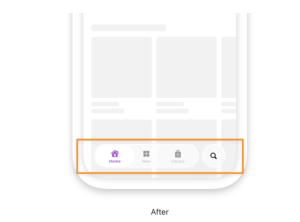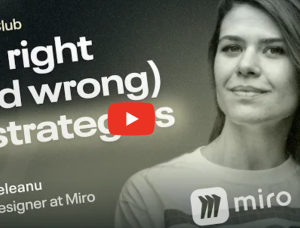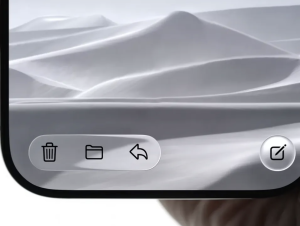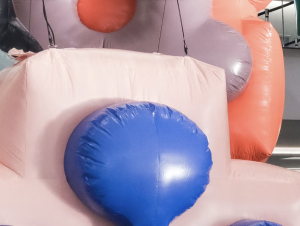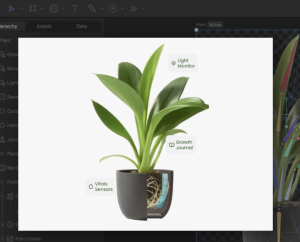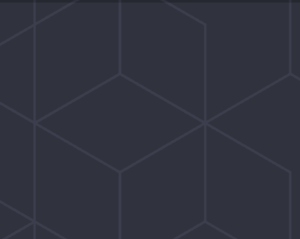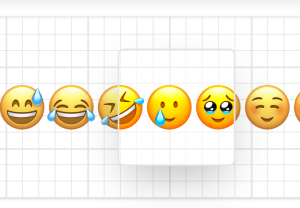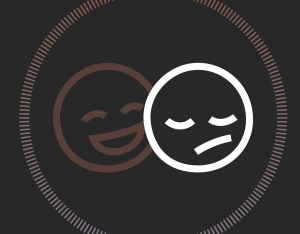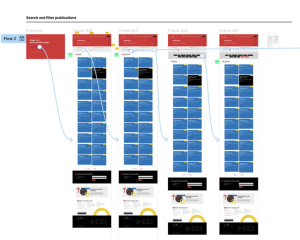More assorted notes on Liquid Glass
Over the past couple of weeks, I’ve been trying to make sense of Apple’s latest user-interface redesign — Apple calls it Liquid Glass — that will affect all their platforms in the next iteration of their respective OS versions. But it’s hard to make sense of it when, after checking Apple’s own guidance, I’m mostly left with the feeling that at Apple they’re making things up as they go.

